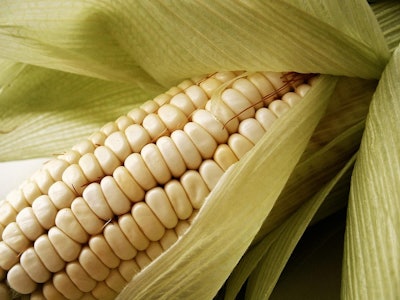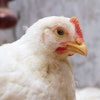
New funding will support the control of the fall armyworm, which is decimating corn and other crops that are vital source of animal feed and human food in sub-Saharan Africa.
EUR2 million (US$2.3 million) pledged by the Government of Belgium will be used by the United Nations’ Food and Agriculture Organization (FAO) for two projects, one of which will improve the control of the fall armyworm in Africa.
Recently arrived in sub-Saharan Africa, this voracious pest is particularly attracted to the corn crops of smallholders, and so represents a major threat to food security in the region. Because food security issues are often wide-ranging and complex, innovative solutions are required to tackle the fall armyworm.
“Innovation in this sense needs to be both relevant to specific contexts and scalable,” said Dominique Burgeon, FAO's Director of Emergencies and Resilience Strategic Programme Leader. “We welcome the challenge from Belgium to pioneer innovations, which for us is an opportunity to find viable solutions.”
This year, FAO launched two new tools to help in the battle to control the fall armyworm — the Fall Armyworm Monitoring and Early Warning System (FAMEWS), and the Fall Armyworm Risk Map. Based on data gathered from farmers, communities and agricultural advisers on field conditions and pheromone traps using a using a mobile application, these tools help monitor levels and movements of the fall armyworm population in the area.
It is hoped that combining the use of these two tools will provide an innovative solution to fight this all-too-common pest in Africa, as well as helping to identify those particularly at risk to food insecurity at any particular time. It may also serve as a model for tackling other transboundary animal and plant pests and diseases in the future.
A second FAO project to share the benefits of Belgium’s financial support aims to boost agricultural productivity in Gaza.
Fall armyworm: voracious pest of corn and other crops
Native to tropical and subtropical areas of the Americas, the fall armyworm (Spodoptera frugiperda) was first detected in Africa in 2016, and has since spread rapidly from Nigeria across almost all of sub-Saharan Africa, according to the FAO.
Particularly attracted to corn, the fall armyworm also feeds on a wide range of other plants, including rice, sorghum, millet, sugarcane, cotton and vegetables. It is the larval stage that can cause significant damage to these crops. Control of the pest is all the more challenging as an adult female moth lays up to 1,000 eggs in her life, and can fly up to 100 kilometers in one night.
To control fall armyworm, FAO recommends an integrated pest management approach. This focuses on growing healthy crops that are as resistant as possible to the pest, and includes the use of tools for forecasting pest invasion, and monitoring crop condition. Biological controls, resistant varieties, and good agricultural practices are preferred to the use of pesticides. Where they are used as a last resort, FAO says pesticides must be applied with care to minimize the risks to human health and the environment.
African states tackle armyworm
One year ago, Nigeria’s corn crop was so badly damaged by the fall armyworm that the country needed to import supplies of the grain, which forms the basis of poultry feeds in the state.
Crop losses in Nigeria this year may be as high as US$4 billion, New Telegraph reported recently.
The government in neighboring Kenya has announced it will spend KES600 million (US$6.0 million) this year to fight fall armyworm — twice as much as in 2017, when 20 percent of the country’s corn harvest was destroyed. It has also formed the Fall Armyworm Multi-Institutional Technical Team to control the pest, reports The Star.

















